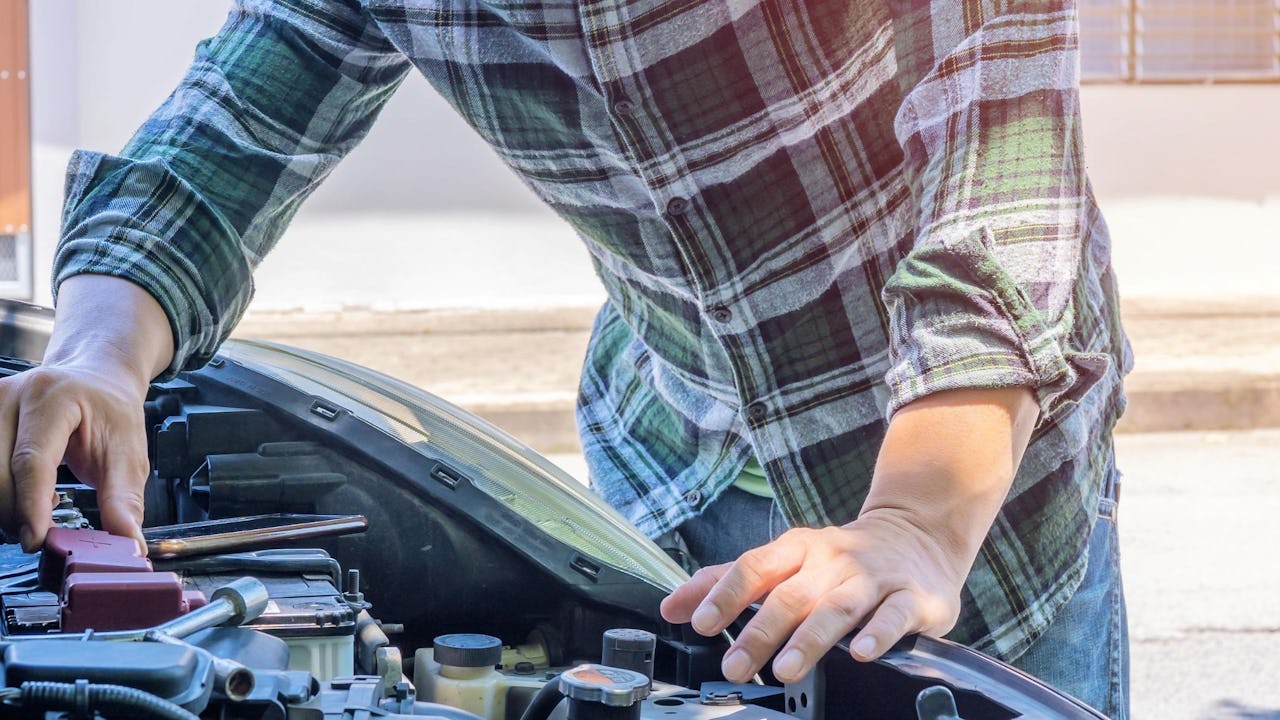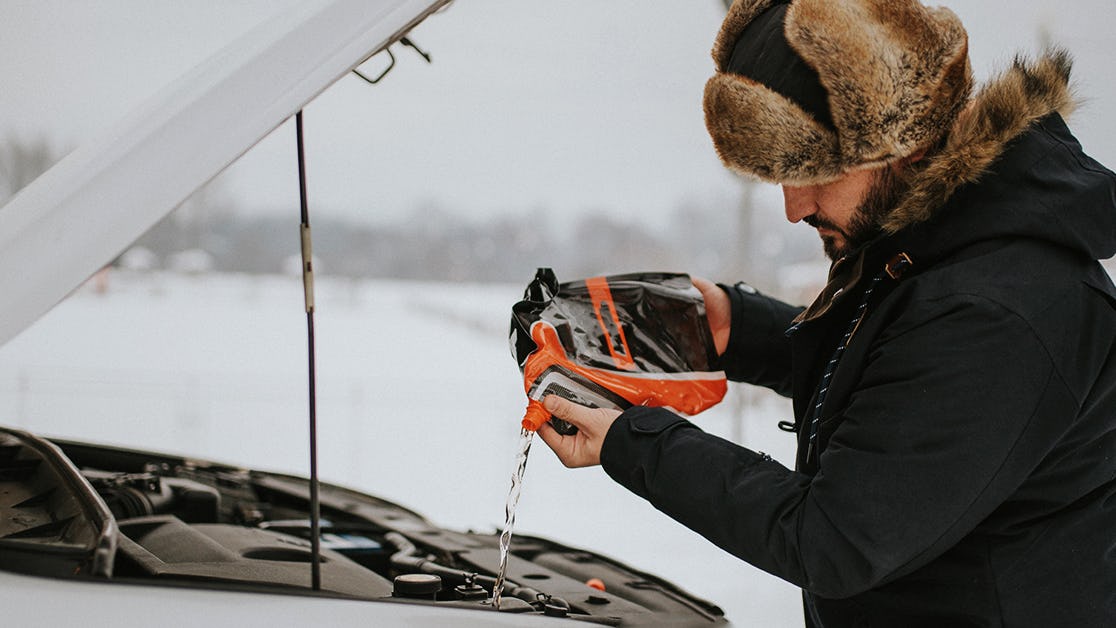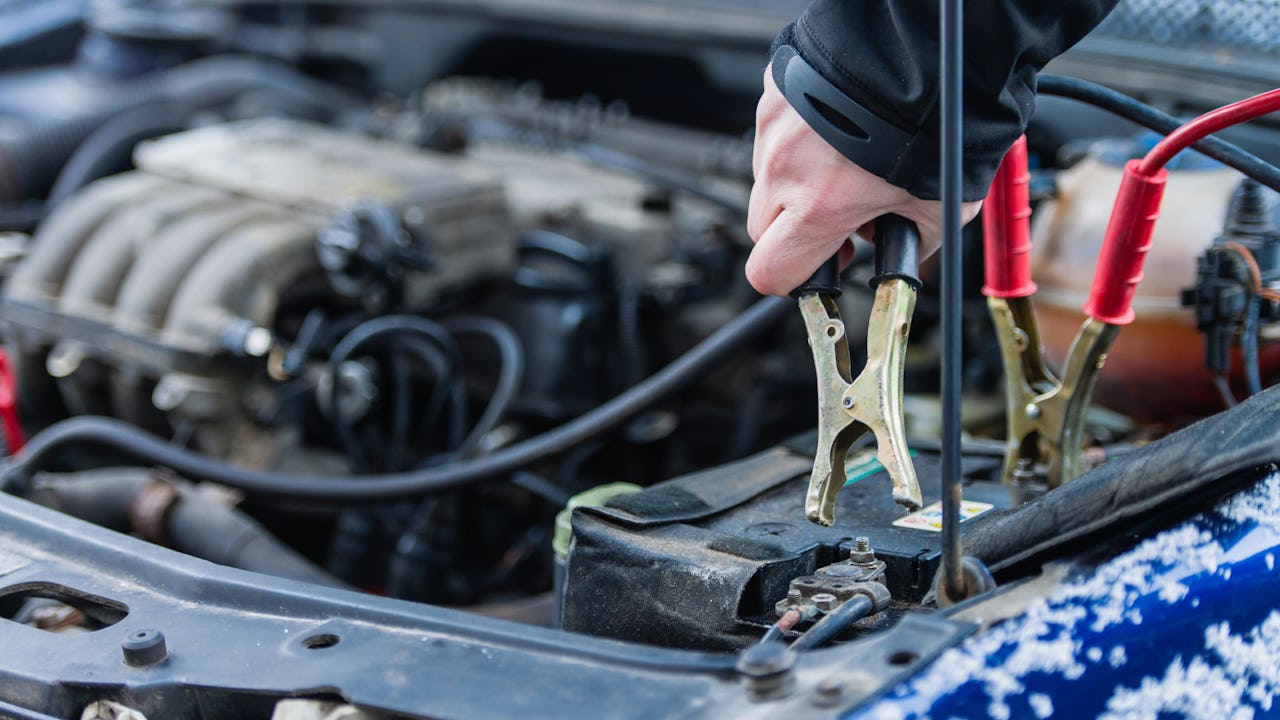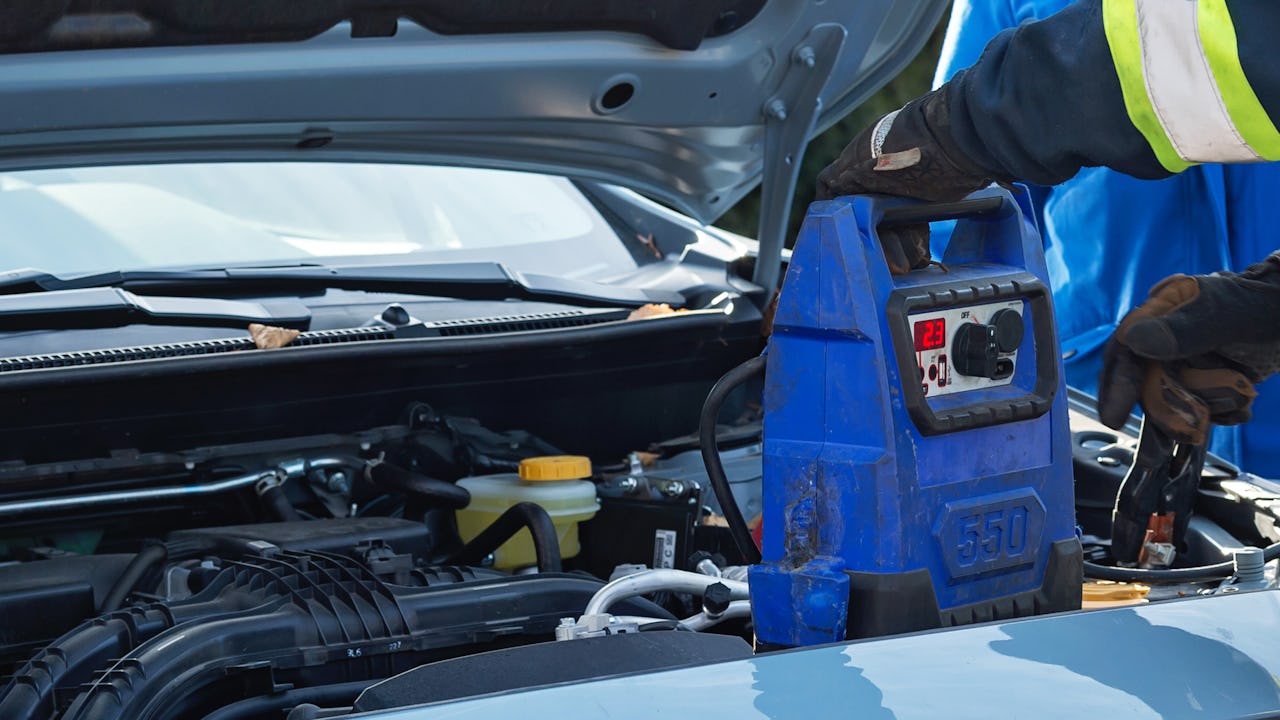Want to save on gas? Here are our top 7 driving tips.
1. Find the lowest gas prices.
Naturally frugal drivers already know which gas stations have the best prices – a penny here and there can add up. Start by using the CAA Gas Prices tool, which allows motorists to get frequent updates on what the price is at the pump and how it’s trending. We also have a Driving Costs Calculator for new and used vehicles. By choosing the make, model and annual average kilometres driven, you can get a better understanding of the ongoing costs of vehicle ownership.
2. Plan your route to make the most of tank.
It’s not just good for the environment if you don’t idle in traffic. Anyone who knows their highway versus city driving fuel consumption understands that a car is much more fuel-efficient at a regular constant speed rather than the stop-start of rush hour. Between the radio, GPS systems, Google Maps and Waze, there are plenty of resources available to plan a trip that avoids congestion and heavy traffic.
3. Ensure your tires are properly inflated and balanced.
It takes just a few minutes at a gas station to test tire pressure, but it could save you money. Statistically speaking, properly inflated tires get up to 3.5% better fuel consumption. Find your vehicle’s optimal tire pressure just inside the driver’s side door.
4. Slow down!
When fuel prices skyrocket, take your time and build in a little wiggle room into your schedule to drive at a steady pace rather than speeding up if you’re running late. Most vehicles get optimum fuel efficiency between 40km/h and 90k/h. If you get less than 6-litres/100km or more than 16.5km/1-litre, you’re doing well.
5. Check your oil, transmission, and differential fluids.
Keeping your vehicle’s fluids properly topped up and having regular oil changes contribute to the best functioning of your car – and better fuel efficiency.
6. Plan to bundle your errands.
Driving to the store for a litre of milk might seem necessary at the time, but you’ll save on gas as well as wear and tear if you do household shopping and excursions all at once, rather than lots of shorter trips.
7. Avoid buying premium gasoline
A few cars are designed to run on higher-octane gasoline; their higher compression engines require it. However, 99% of the cars on the road don’t need it and will not run any better or more efficiently because of it.






.jpg?ixlib=gatsbyFP&auto=compress%2Cformat&fit=max&q=50&rect=0%2C0%2C3840%2C2160&w=1280&h=720)